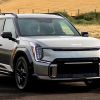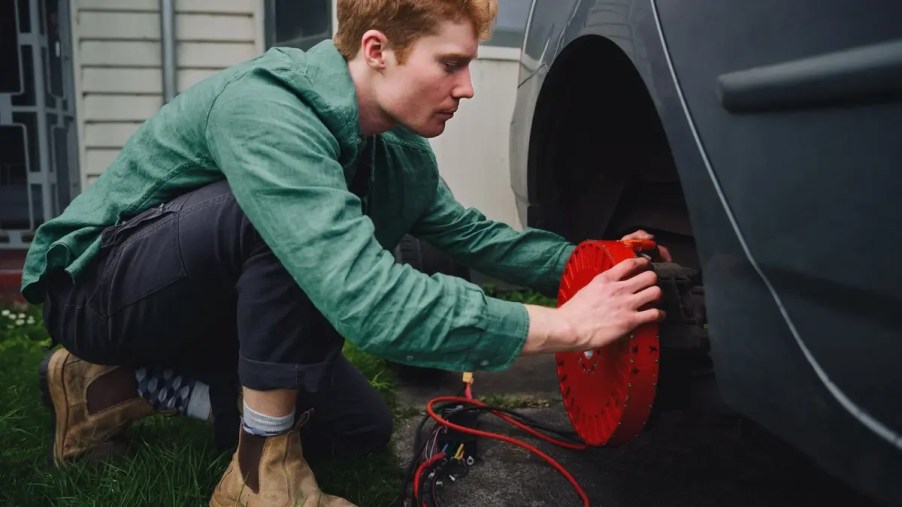
Conversion Kit Turns Your Gas-Power Car Into a Hybrid: Is it the Real Deal?
An Australian design student just won the country’s James Dyson Award for a device that turns gas- or diesel-powered vehicles into hybrids. Rather than yanking out an internal combustion engine (ICE), transmission, and even the hydraulic brakes to convert it to an electric motor, Alexander Burton’s hybrid conversion kit keeps everything as original. Instead, the kit adds components between the rear wheels to make it a hybrid.
The kit contains a small axial flux motor, battery, and controller system in the rear of a car or truck. That means in a wheel well or maybe a small part of the trunk. Under the hood, brake and steering boosters, e-heat, and air conditioning will also need conversion.
Why isn’t it better to just convert to electric motivation?
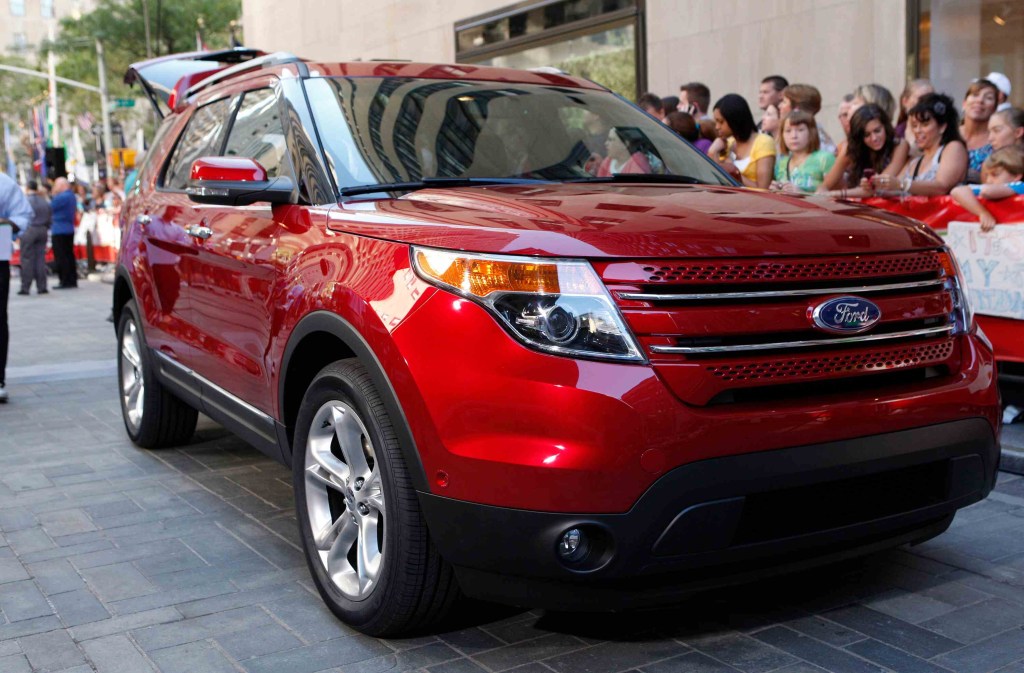
The problem with electric motor conversion kits is that they’re expensive, and you’re throwing away many components. Then, the car owner must purchase expensive new electric parts and then find a shop to do the actual conversion. The bottom line is a very expensive EV conversion, which doesn’t make sense for many vehicles built since 2000 because they have so little worth.
So, EV conversions mostly happen to classic cars that will continue to increase in price into the future. So what about a 2012 Chevrolet Impala or 2010 Ford Taurus with low mileage and in pristine condition? They may have years of life and enjoyment left in them, but you want to lessen their carbon footprint.
Is this hybrid conversion really cheaper than EV conversions?
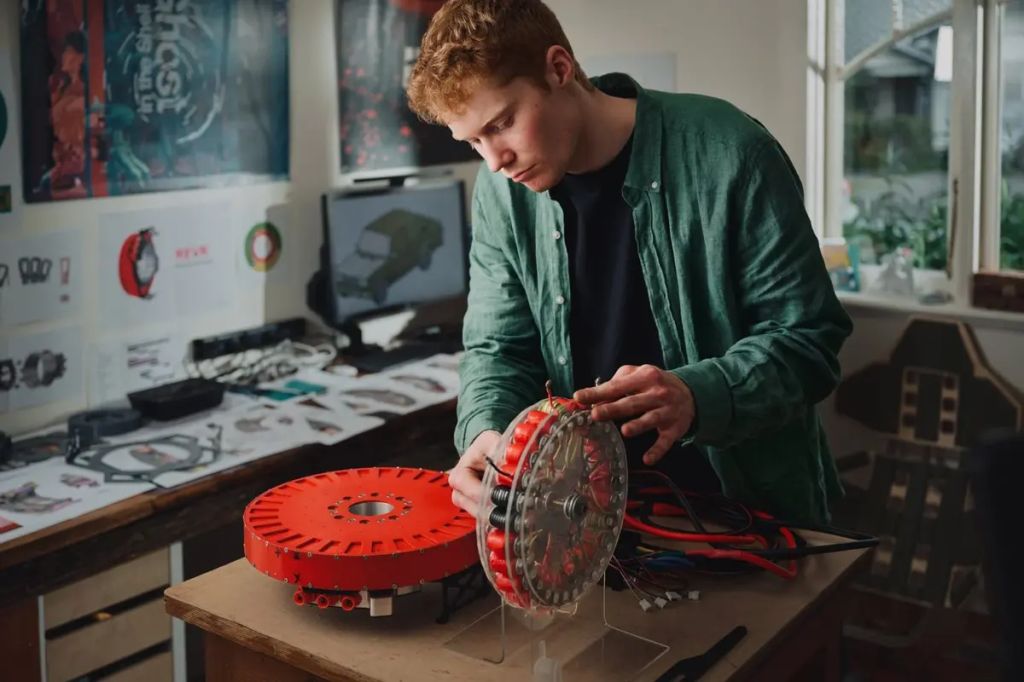
Burton’s company is Rapid Electric Vehicle Retrofits or REVR. He estimates a complete DIY kit will run around AU$ 5,000, or $3,100. The kit will increase the life of the cars it is installed into. And in that time, it will also increase mileage, which means fewer gas stops. In all, Burton estimates that it adds 100 km of gas-free range or 62 miles.
“You can’t fit a huge battery in a wheel well, but we wager you won’t need one,” Burton told deezeen. “While people drive a lot, especially here in Australia, on average, they drive 35 kilometers a day, and it’s mostly commuting. This distance would require only a five-kilowatt-hour battery, and we can put three times that in the wheel well.”
Do car companies like converting older cars to hybrid power?
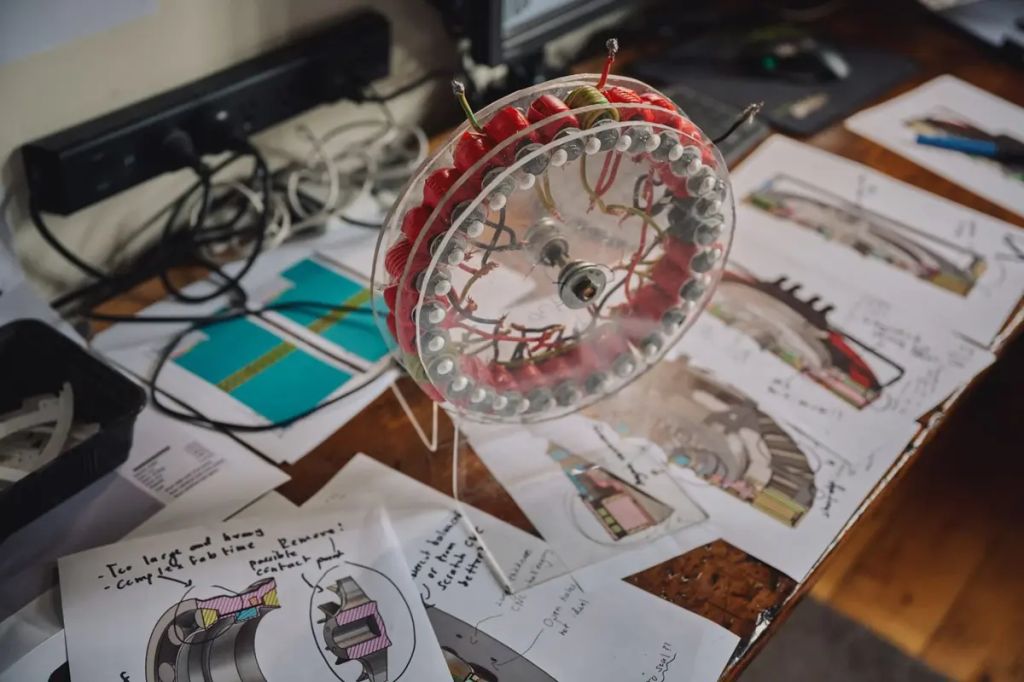
Mature in his years, Burton calls out what’s wrong with products today. “It’s like with repairability, industry is so against that. They love the whole planned obsolescence thing.”
“Ultimately, retrofit goes against their profit margin because it extends the usefulness and the lifetime of their products. I think that’s why there are retrofitting companies out there, but they’re still largely reserved for classic cars. It’s just so expensive to do.”
The $5,500 James Dyson prize money Burton will receive he wants to use for equipment to make working prototypes and possibly production. He is also in the running for an international prize, totaling a lot more.


